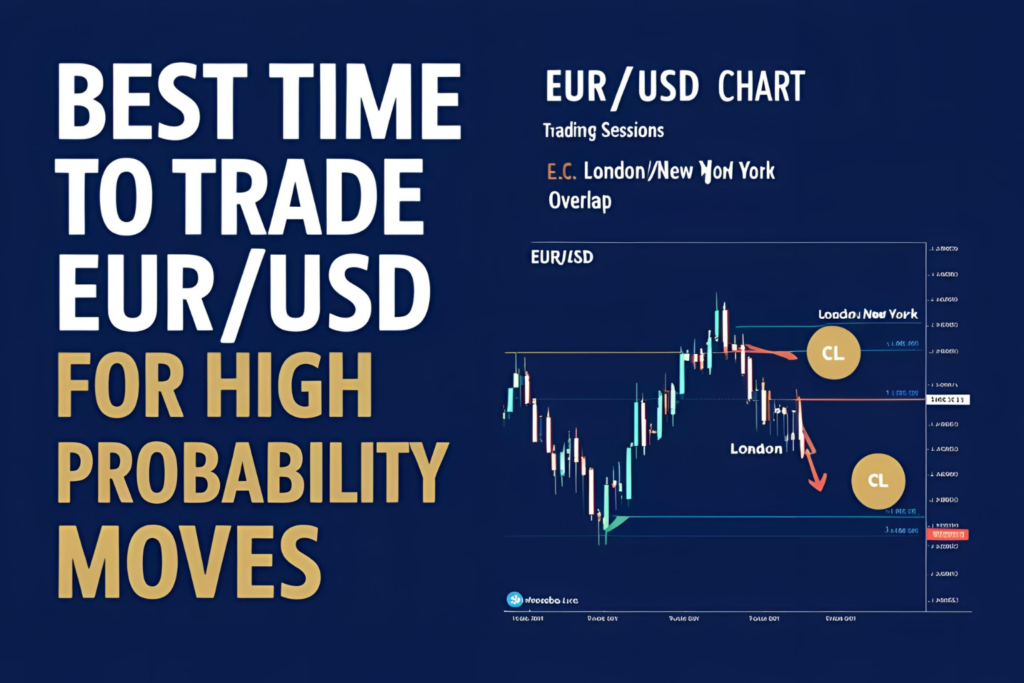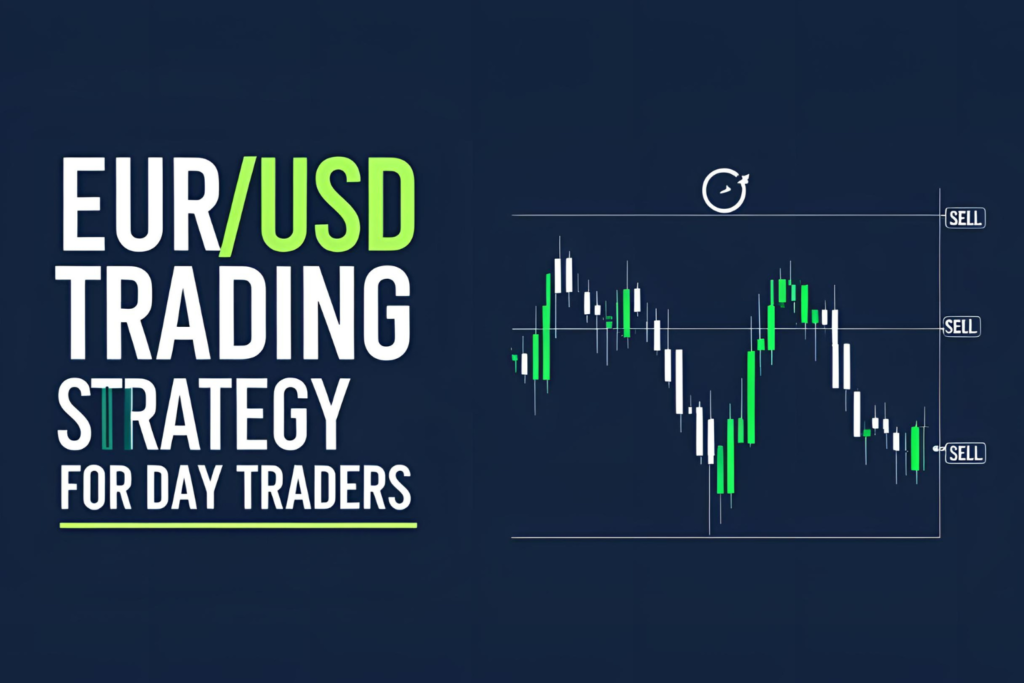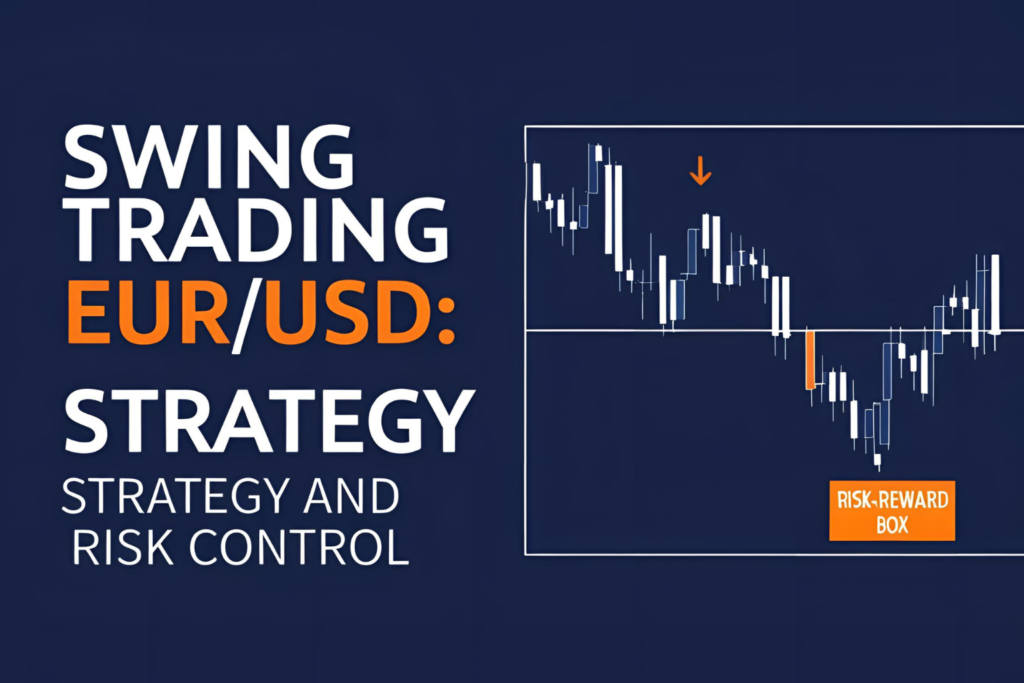The EUR to USD historical chart reveals how the Euro and US Dollar have moved against each other over the years. Analyzing long-term data helps traders and investors understand market cycles, economic influences, and possible future directions.
Why Historical Charts Matter
Historical charts provide context. They show how major events like central bank decisions, financial crises, and geopolitical shifts have affected EUR/USD. By studying these trends, you can:
- Recognize patterns that repeat over time
- Understand key price zones (long-term support/resistance)
- Identify the impact of monetary policies from the ECB and the Fed
- Compare past volatility to current market conditions
Key Historical Periods in EUR/USD
Here’s a brief look at some of the major phases in the past 10 years:
2014–2015:
EUR/USD dropped from above 1.35 to around 1.05 due to diverging monetary policies—Fed tapering vs ECB easing.
2017:
The pair rebounded above 1.20, supported by stronger Eurozone economic recovery and reduced political risk.
2020 (Pandemic Impact):
After initial volatility, the EUR/USD rose from 1.07 to nearly 1.23, driven by stimulus measures and USD weakness.
2022–2023:
The pair fell below parity (1.00) for the first time in decades, reflecting aggressive rate hikes by the US Federal Reserve and energy concerns in Europe.
How to Read a Historical EUR/USD Chart
When analyzing historical data:
- Use the weekly or monthly timeframes
- Add trendlines to spot major channels or patterns
- Overlay moving averages like the 50-week and 200-week for long-term trend confirmation
- Look for double tops, bottoms, and head-and-shoulders patterns for reversal clues
You can access historical EUR/USD charts using platforms like TradingView, Investing.com, and Forex Factory.
What the 10-Year Trend Suggests
Over the past decade, EUR/USD has shown both cyclical highs and deep retracements. The long-term range has fluctuated between 1.03 and 1.25, with rare breaks beyond these levels. Monitoring these zones can help you prepare for future breakouts or reversals.
Frequently Asked Questions (FAQs)
1. Where can I see the full EUR to USD historical chart?
You can view long-term charts on platforms like TradingView, Investing.com, and Yahoo Finance.
2. What is the highest price EUR/USD has reached in the past 10 years?
It peaked near 1.25 in early 2018.
3. Did EUR/USD fall below 1.00 in recent history?
Yes, in 2022 it briefly traded below parity due to US interest rate hikes.
4. Which timeframe is best for studying historical charts?
Use monthly or weekly timeframes to capture broader price cycles.
5. Why does EUR/USD fluctuate so much?
The pair reacts to interest rates, economic data, political stability, and global sentiment, leading to constant movement.



